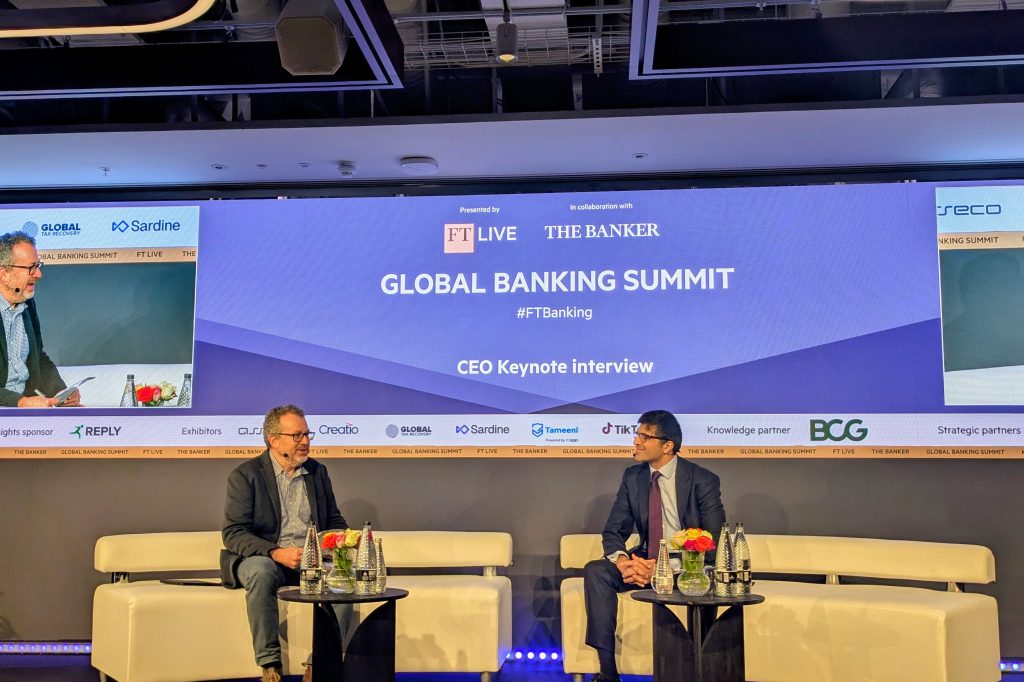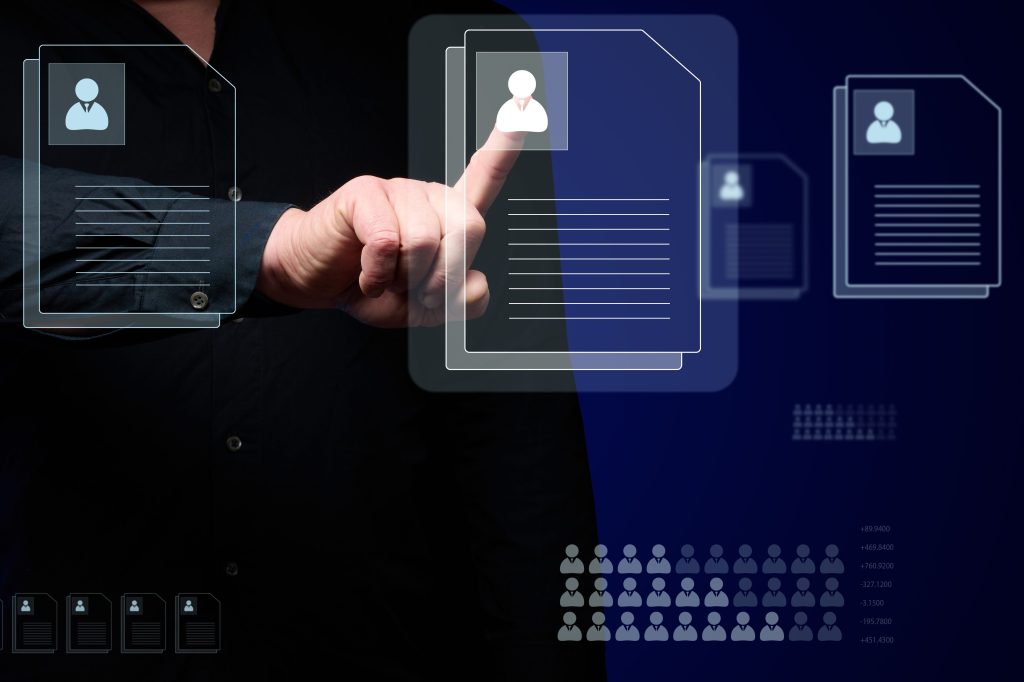We’ve recently been blitzed with new releases trumpeting what the latest generation of artificial intelligence (AI) software will do for accountants, and each new day brings news of a new development that will revolutionise the accounting industry.
Practice management and workflow tools such as Pixie, Karbon, Client Hub and
Register for free to keep reading.
To continue reading this article and unlock full access to GRIP, register now. You’ll enjoy free access to all content until our subscription service launches in early 2026.
- Unlimited access to industry insights
- Stay on top of key rules and regulatory changes with our Rules Navigator
- Ad-free experience with no distractions
- Regular podcasts from trusted external experts
- Fresh compliance and regulatory content every day













